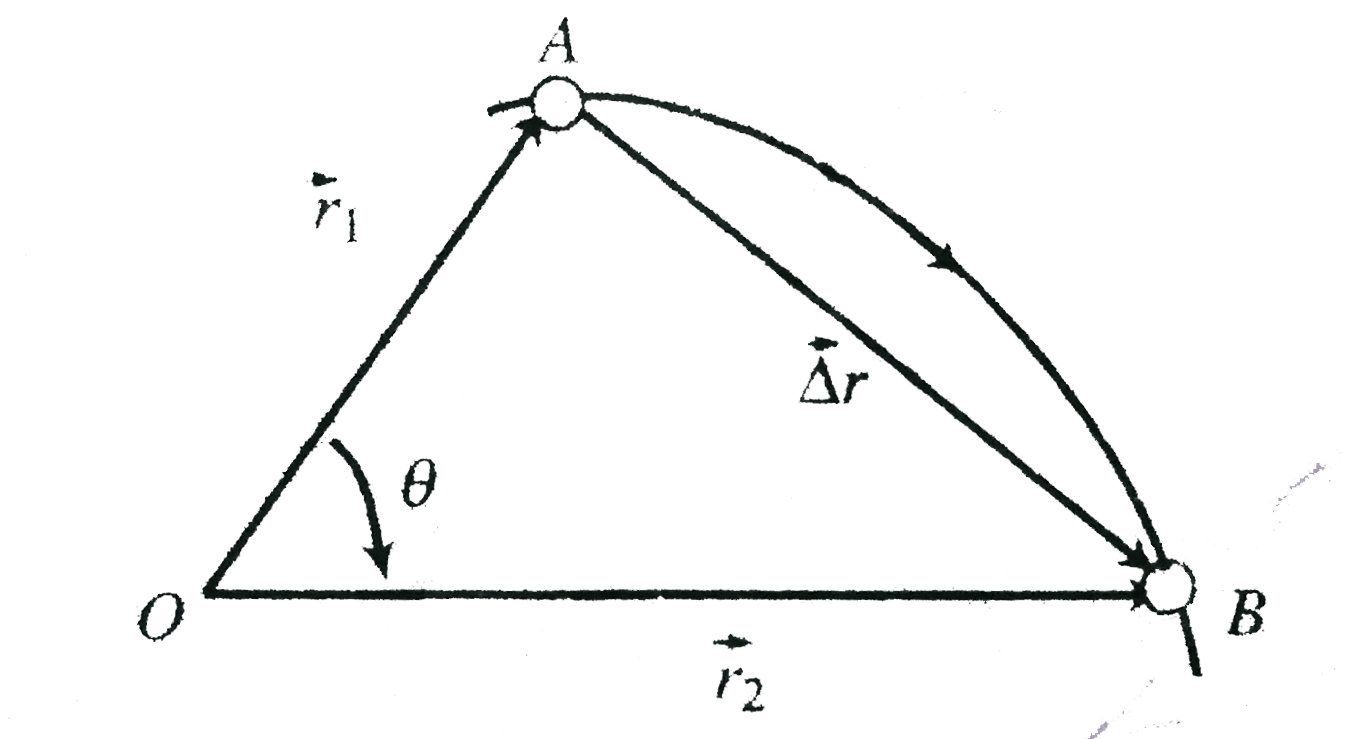Two particles A and B, move with constant velocities . At the initial moment their position vectors are respectively. The condition for particle A and B for their collision is Solution in Marathi
vec r_1 - vec r_2 =
Step by step video & image solution for Two particles A and B, move with constant velocities vec(v_(1))" and "vec(v_(2)). At the initial moment their position vectors are vec(r_(1))" and "vec(r_(2)) respectively. The condition for particle A and B for their collision is by Physics experts to help you in doubts & scoring excellent marks in Class 11 exams.
Updated on:21/07/2023Topper's Solved these Questions
Similar Questions
Which of the following is NOT the characteristic of gravitational force ?
View SolutionThe magnetic field due to a current carrying circular loop of radius 6 cm at a point on the axis at a distance of 8 cm from the centre is 108 μT. What will be its value at the centre of the loop?
View SolutionLet →a,→b,and→c be non-zero vectors and →V1=→a×(→b×→c)and→V2(→a×→b)×→⋅ Vectors →V1and→V2 are equal. Then →aan→b are orthogonal b. →aand→c are collinear c. →band→c are orthogonal d. →b=λ(→a×→c)whenλ is a scalar
View SolutionFind 3-dimensional vectors →v1,→v2,→v3 satisfying →v1⋅→v1=4,→v1⋅→v2=−2,→v1⋅→v3=6,→v2⋅→v2=2,→v2⋅→v3=−5,→v3⋅→v3=29
View SolutionA particle moves from position A to position B in a path as shown in If the poit vectors →r1 and →r2 making an angle θ between them are give, find the magnitude of displacement.
 .
.
View SolutionThe resultant of →A+→Bis→R1. On reversing the vector →B, the resultant becomes →R2. What is the value of R21+R22?
View SolutionTwo particles moving initially in the same direction undergo a one- dimensional , elastic collision . Their relative velocities before and after the collision are vec(v_(1)) and vec(v_(2)) . Which of the following is not correct?
View SolutionTwo particles A and B, move with constant velocities →v1 and →v2. At the initial moment their position vectors are →r1 and →r2 respectively. The condition for particle A and B for their collision is
View Solutionदो कण A तथा B नियत वेग क्रमशः →v1 तथा →v2 से गति कर रहे हैं। प्रारम्भिक क्षण में उनके स्थिति सदिश क्रमशः →r1 तथा →r2 है, तो A तथा B के संघट्ट के लिए शर्त है कि :
View SolutionA particle has its position moved from vec(r_(1))=3hati+4hatj to vec(r_(2))=hati+2hatj . Calculate the displacment vector (Delta vecr) and draw the vec(r_(1)), vec(r_(2)) and Delta vecr vector in a two dimensional Cartesian coordinate system.
View Solutionदो कण जिनके स्थिति सदिश →r1=(3ˆi+5ˆj)m तथा→r2=(−5ˆi−3ˆj)m है क्रमशः →V1=(aˆi+4ˆj)m/s तथा →V2=(4ˆi)m/s चाल से गतिमान है। यदि ये 2 सेकंड पश्चात टकराते हो , तो a का मान है
View Solutionदो कण A तथा B नियत वेग क्रमशः →v1 तथा →V2 से गति कर रहे हैं। प्रारंभिक क्षण में उनके स्थिति सदिश क्रमशः →r2 तथा →r2, हैं तो, A तथा B में संघट्ट होने के लिये प्रतिबंध है कि :-
View SolutionThe velocity of a particle varies with time as per the law vec(V) = vec(a) + vec(b)t where vec(a) and vec(b) are two constant vectors. The time at which velocity of the particle is perpendicular to velocity of the particle at t= 0 is
View Solutionयदि →a,→b तथा →c अशून्य, असमतलीय सदिश है, तो जाँच कीजिए कि सदिश →r1=2→a−3→b+→c,→r2=3→a−5→b+2→c तथा →r3=4→a−5→b+→c रेखीय स्वंतत्र या आश्रित है |
View SolutionTwo particle A and B, move with constant velocities vec(v_1) and vec(v_2) . At the initial moment their position vectors are vec(r_1) and vec(r_2) respectively . The condition for particles A and B for their collision is
View SolutionTwo particles A and B, move with constant velocities →v1 and →v2. At the initial moment their position vectors are →r1 and →r2 respectively. The condition for particle A and B for their collision is
View Solution
